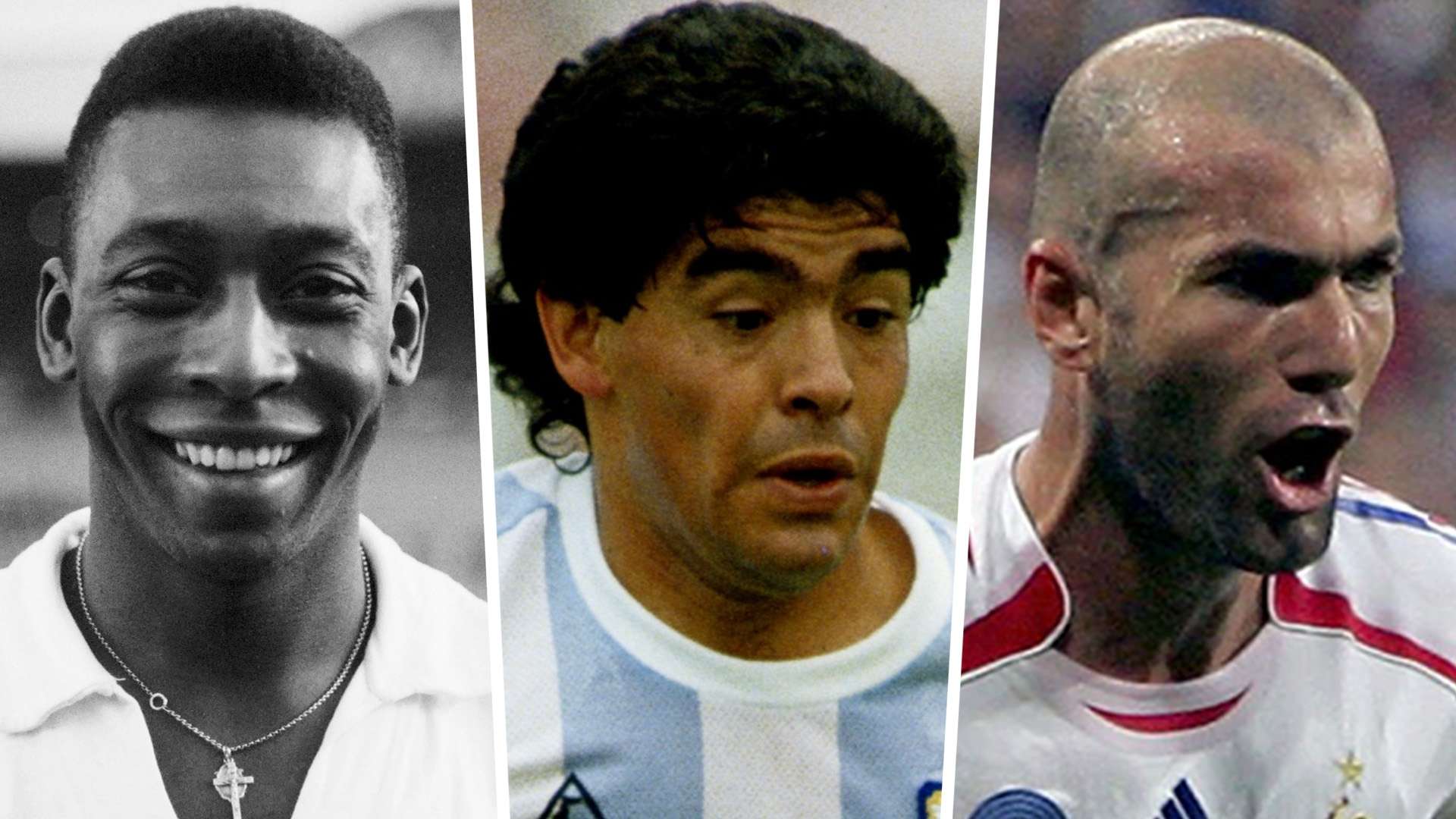Football transfer fees have risen exponentially since the turn of the millennium and the murmurings of the market when the rumour mill starts up is a reliable source of exasperation for many.
Avid fans shake their heads in disbelief and casual observers recoil aghast when they hear that seemingly average players are moving clubs for tens of millions, while the best now go for hundreds of millions.
Neymar's €222 million (£200m/$262m) move from Barcelona to Paris Saint-Germain in 2017 smashed the transfer record and since then the exchange of mammoth fees has become the norm.
Indeed, eight of the top 10 biggest transfer fees of all time all occurred in or after 2017, with the likes of Cristiano Ronaldo, Antoine Griezmann, Philippe Coutinho and Kylian Mbappe moving for over €100m each.
Inevitably, such lucrative deals prompt comparisons with previous record fees and the debate rages as to just how much particular past players would be worth in today's transfer market.
If Romelu Lukaku is worth £80 million ($97m), how much would Diego Maradona or Pele be worth? How much would Real Madrid have to pay for Zinedine Zidane nowadays? On the arguments go.
It is difficult to establish exactly what sort of transfer fees past players would command in the modern market, but a basic metric such as inflation gives an idea, albeit a vague one.
For example, Barcelona paid £5 million ($7.6m) to bring Maradona to Camp Nou from Boca Juniors in 1982, a fee which translates roughly to £17.5 million ($21m) in 2020 money.
 Getty Images
Most would agree that £17.5m for Maradona is a steal, so in order to get a more realistic estimate the nature of football's transfer market itself, where inflation is much quicker, must also be taken into account.
Getty Images
Most would agree that £17.5m for Maradona is a steal, so in order to get a more realistic estimate the nature of football's transfer market itself, where inflation is much quicker, must also be taken into account.
Significant financial injections into the game in the form of television money allows clubs to pay more and the perceived quality of the player relative to the others populating the market is key too.
Talent is not the only factor either, with a player's so-called marketability - their 'star quality' from a commercial perspective - taken into consideration by clubs and agents when calculating an athlete's value.
| Player | Original fee (year) | Worth today (inflation) |
|---|---|---|
| Johan Cruyff | £922k (1973) | £11m |
| Diego Maradona | £5m (1982) | £17.5m |
| Ronaldo | £19.5m (1997) | £35m |
| Zinedine Zidane | £47m (2001) | £77m |
*Prices in pound sterling and based on CPI inflation.
Pele, for example, spent most of his career at Santos and transfer fees never changed hands for his services so there is no historic reference point to estimate how much he would be worth today.
However, he was such a global star and arguably more talented than his later heir Neymar - having won the World Cup twice by age 23 - that his modern-day price tag is variously estimated at over £300m.
 Getty Images
Getty ImagesBefore Neymar, Ronaldo was O Fenomeno from Brazil, who commanded a fee of £20m in 1997, but nowadays he would be worth £125m - the cost of one Coutinho or Griezmann - according to the Mirror.
The consensus on Maradona suggests that he'd go for roughly £100m. Presumably, despite being one of the best of all time and the face of Coca-Cola's 1982 World Cup adverts, his fiery disposition tempers things.
Similarly, Zidane's transfer worth is rated around the £100m mark, placing him in similar territory to one of his former Real Madrid proteges, Cristiano Ronaldo.
Ultimately, transfer fees are arbitrary and fluctuate depending on things such as age, reputation, ability, remaining contract length and - crucially - how badly a club wants a player and how much they're willing to pay. So, with that in mind, we will never truly know the answer to the age old question, fun as it is to ponder.
